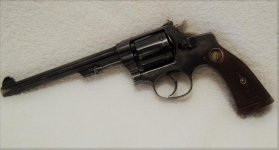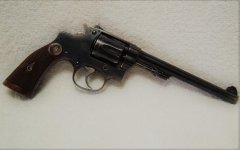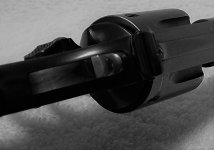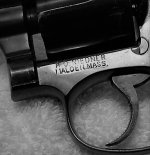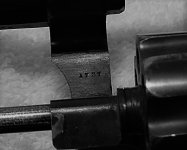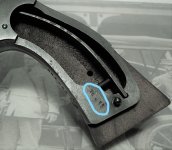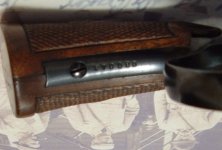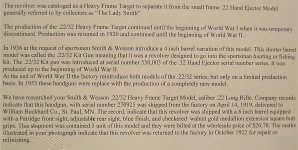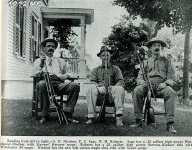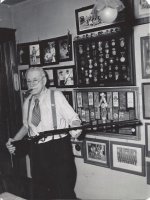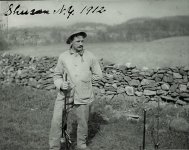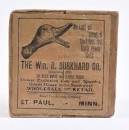ol777gunnerz
Member
This is my first S&W that is not a breaktop, a 22/32 revolver that shipped April of 1919 and I plan to send for a letter. It is fully functional, & yes it does shoot. At some point it passed thru A O Niedner's hands, has his pre 1921 Malden, Mass. stamp on the frame, which does not mean it was done in Michigan as the Niedner Rifle Corp. roll mark would not fit the top of the barrel. It does have a knurled trigger & bobbed hammer. There is no S&W Trademark on either side of the frame as shown, & sports single screw grips. This is the one Michael Petrov owned at one time, & believed it was Niedner's personal revolver.
Attachments
Last edited:

